7 Weirdest Fruits You’ve Probably Never Heard of Around the World
Advertisement
Fruits like apple, banana, and pear can spot in any grocery store anywhere in the world. However, there are some craziest-looking or weird-tasting fruits in the world. Some of them maybe well-tasted, while some of them may have enormous poison. We’ve unearthed some of them you should get to know.
1. Buddha’s Hand

Origin: India and China Buddha’s hand is one of the strangest-shape fruits. The fruit bears the unusual name for its unique shape, reminding of a human hand with prayer-like fingers. It has a strong lemon aroma, which is used in perfumery as well. Unlike most citrus, the rind of the Buddha’s hand isn’t bitter or sour but sweet, and has no juice. You can break off a “finger” and grate it over salad for zest.
2. Rambutan
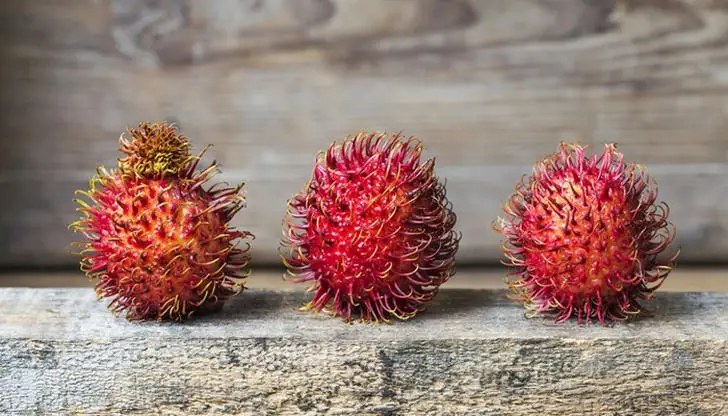
Origin: Malaysia The fruit of rambutan are round with leathery skin that covered in soft hair like spines. Rambutan is very nutritious, low in calories, yet rich in water and fiber, it offer incredible health benefits ranging from weight loss to better digestion. You can pick up from the color of its spikes, commonly, the redder they are, and the riper the fruit will be, and the sweeter its pulp will be.
3. Kiwano
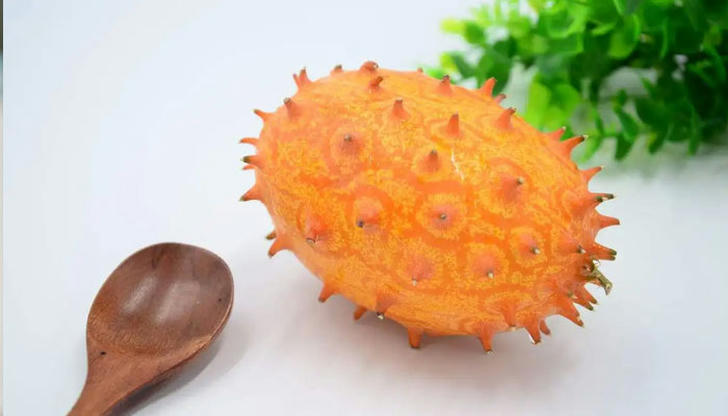
Origin: South Africa The Kiwano melon features an outer space look, and is grown in Southern Africa, California and New Zealand. Nicknamed the “horned melon,” it’s orange, with prominent spikes, stubby exterior encases a bright green, jelly-like fruit with edible seeds. Its flavor is more like a cucumber or a banana.
4. Ackee Fruit
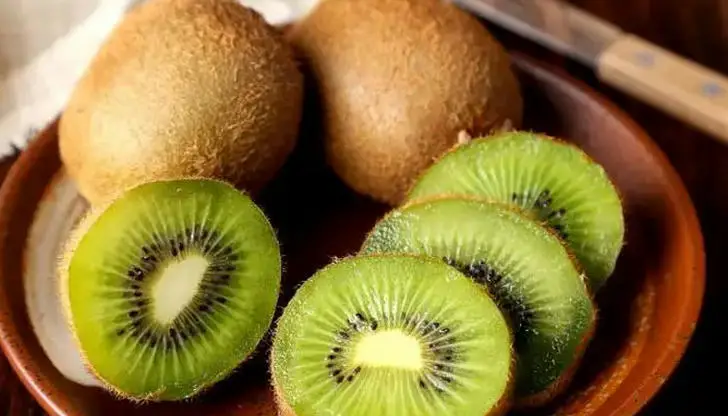
Origin: Jamaica This fruit is the national fruit of Jamaica and is used as a vegetable, especially in the popular Jamaican national dish. When the fruit ripens, its pod split open easily to reveal three large, black seeds, and its edible flesh inside. The soft flesh is that the only part of the fruit that’s edible. The unripen parts are highly toxic, will cause severe low blood sugar levels, convulsions, and death.
5. Akebi
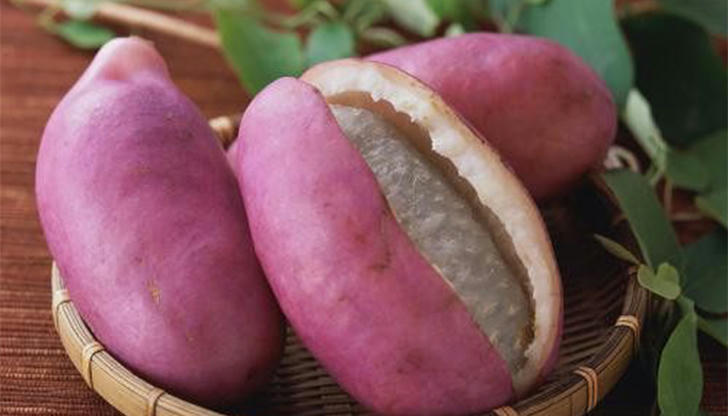
Origin: Japan Akebi is a type of exotic purple fruit, it mainly grows in the north of Japan. Because its flowers smell like chocolate, so the plant is also called chocolate vine. Akebi's beautiful purple pod is edible and its translucent white flesh tastes soft and a bit sweet. In Akita Prefecture, Japan, people used akebi seeds to produce oil which has antiseptic properties, or deep fry the purple pod’s exterior.
6. Physalis
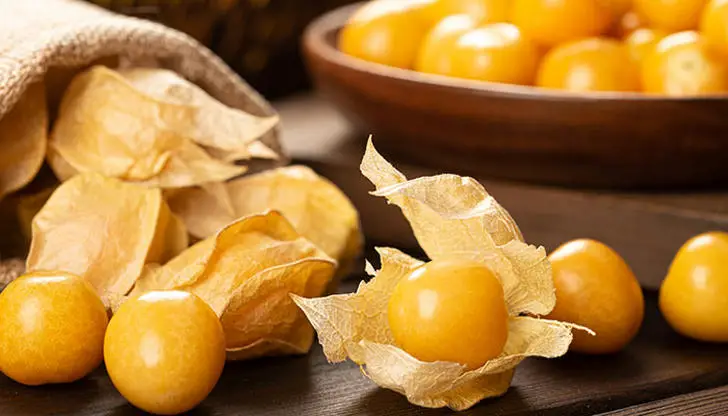
Origin: Brazil The physalis is a small, round berry with an orange color. The fruit is also known as the Cape Gooseberry or golden berry. Physalis tastes sweet and sour and full of small soft edible seeds. The most eye-catching feature of physalis is the paper-like husk of the fruit: green to light brown, like a lantern around the fruit. It is bright yellow when ripe, and very sweet, making it ideal for baking in pies and making jam.
7. Tamarind
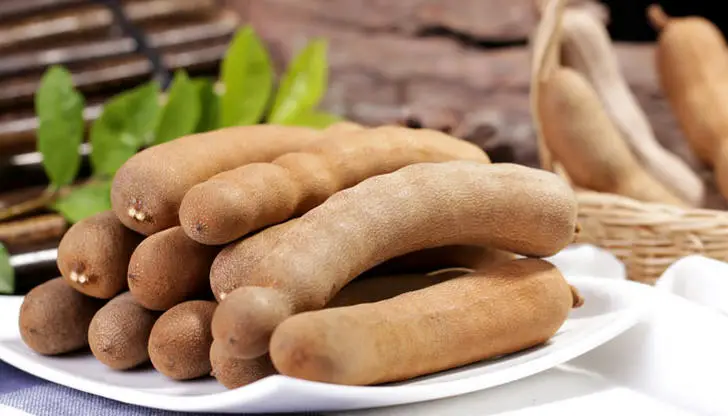
Origin: Southern East Asia Tamarind is a type of tropical fruit. It produces pods filled with paste-like, sweet-sour fruit. It can be eaten directly, used as an additive flavor in cooking as well, especially in chutneys and curries



